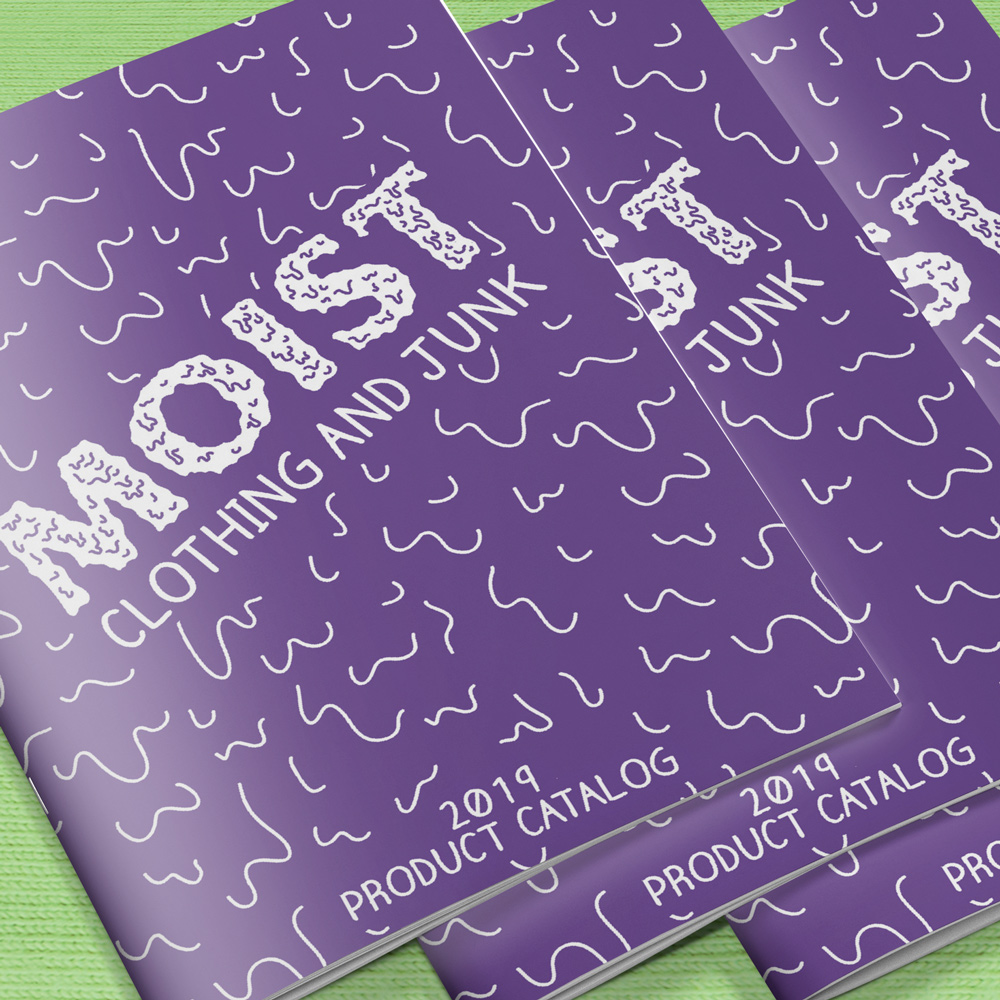Portfolio
Portrait of a Prairie Woman
Mable Richmond’s childhood was defined by lace, social acceptance, and a proper education in the thriving city of Melrose, Minnesota. But less than eight years later, at age twenty-four, she was unmarried, pregnant, and abandoned on a homestead in the Montana prairie. Her family moved west following a dominating father’s construction jobs. In 1913 she filed a homestead claim in North-Central Montana and everything changed. Her mother died, her father left her alone on the prairie, and her boyfriend left her pregnant with her first child. Harry Green came into this chaos, married her, and became a loving father to their children. In 1926 Harry was killed in a railroad accident and again Mabel was alone with five young children. Through it all she found strength, and learned the importance of friends and community. Women of the early Twentieth Century were eager to break away from the expectations of the Victorian Age. They wanted their independence, the right to vote, and a voice in their community. Portrait of a Prairie Woman, an 80,000 word historical novel, is the story of Mabel Richmond’s struggles to overcome the obstacles of homesteading on the Great Plains. Portrait of a Prairie Woman is a microcosm of America’s entry into the modern era. It is a story of perseverance, courage, and patience in the face of changing times and expectations. This book should resonate not only with women, but with anyone interested in America in the early Twentieth Century.
This design definitely has a time stamp of the early Twentieth Century on it while keeping a very current design style. It catches the eye and brings the main character and her surroundings to life without over-stimulating or explaining itself completely.
This cover uses a photo that not only accurately represents the location that this story is based in, but it also gives a look in to the overall feeling and strength of the main character; a flower that blossoms despite the harsh and unforgiving environment surrounding it. The font used has strength and beauty at the same time and is worked within the environment, the flowers interacting with it, blocking it and popping through at points.
The back of the book has the description of the story on a very stained and aged piece of paper, something you may have found in an old trunk, a story hidden away for years, aging on it’s own, waiting to be read and reborn. Their is also an aged photo included to give another idea of the ranch in which the main character spent all of her time. A story and a small photo, just enough to give a setting to the words you are about to read on that browned paper you’ve just found. The original photo was provided by the author, before I aged it, it was very important to have this photo included on the book somewhere because it meant a lot to him.




